From 2D to 3D, see how MXene can be assembled
QQ Academic Group: 1092348845
Detailed
From 2D to 3D, see how MXene can be assembled

【Research Background】
Since its discovery in 2011, transition metal carbonitrides (MXenes) have received extensive research attention due to their unique properties and diverse applications. However, the low contactable specific surface area and poor processability caused by its heavy stacking have severely limited its practical application. From a macro perspective, exploring the assembly methods and forms may solve this problem. Effective way.
Recently, the research group of Professor Yang Quanhong and Associate Professor Tao Ying from the Advanced Carbon and Energy Materials Laboratory of Tianjin University published a research progress report entitled The Assembly of MXenes from 2D to 3D in the internationally renowned academic journal Advanced Science, summarizing From the perspective of micro-assembly of MXene from 2D to 3D, the mechanism of different assembly methods is discussed, so that researchers can better understand the relationship between performance and structure. At the same time, the assembled MXene has possibilities in energy storage and conversion, electromagnetic shielding, adsorption and other applications.
[Picture and text guide]

Figure 1 Lattice parameter range of 2D MXenes in different assembly methods.
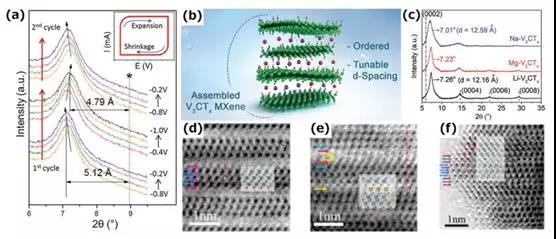
Fig. 2 The results of electrochemical in situ XRD investigations of multilayer stripped Ti3C2Tx nanosheets. Schematic and XRD images of cation-driven ordered and stable V2CTx MXene.
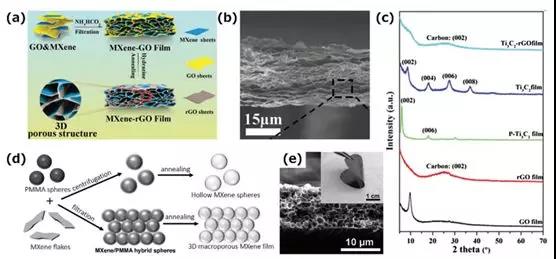
Figure 3. MXene-rGO thin film assembly schematic diagram, SEM image and XRD pattern; hollow MXene sphere and 3D macrocellular MXene foam synthesis schematic and physical characterization.
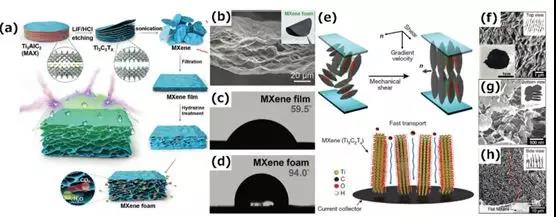
Figure 4. A method for preparing a hydrophobic flexible MXene foam; a schematic diagram for the preparation of a neat MXene film.
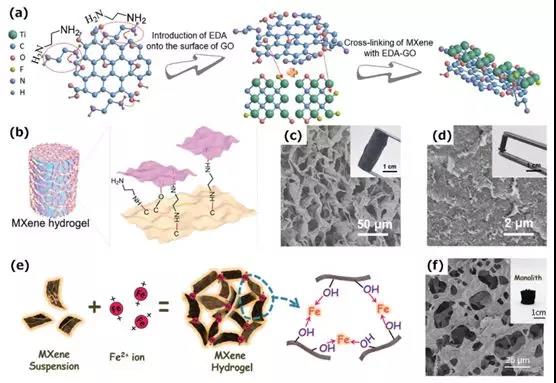
Figure 5. Formation mechanism of 3D MXene hydrogel and its micromorphology.

Figure 6. Method for preparing dispersions and MXene aerogels by MXene surface activity.
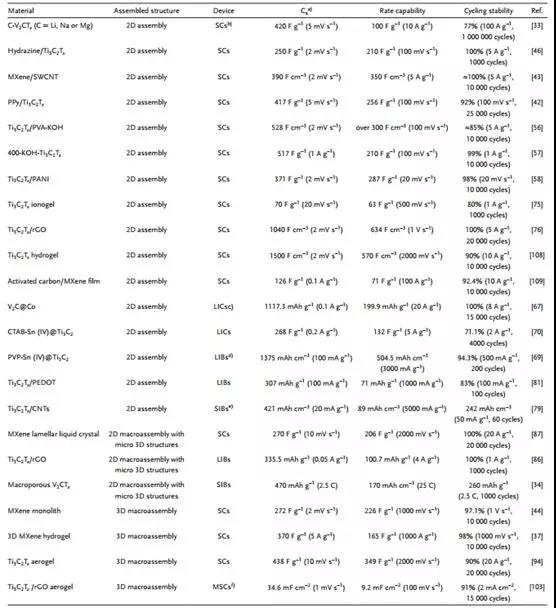
Table 1. Electrochemical performance of different assembly methods of MXene in different energy storage devices.
- Previous: Low-efficiency roll-of
- Next: IF 26.8! Permeation ca


 mxene academic
mxene academic
